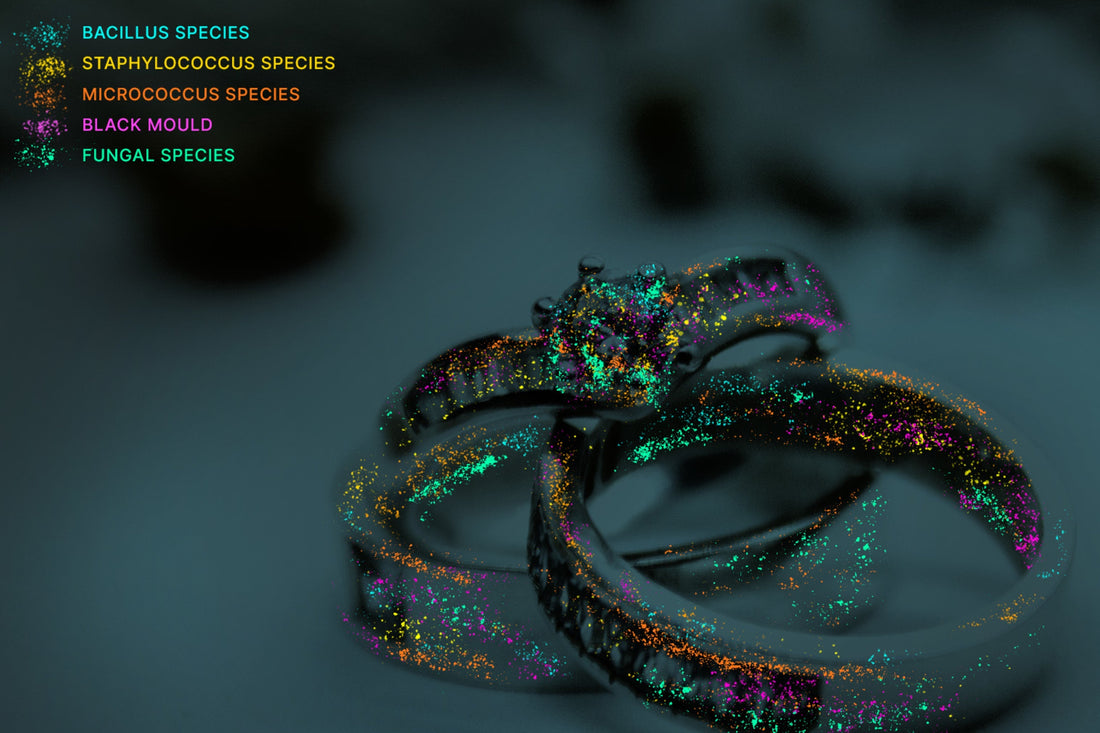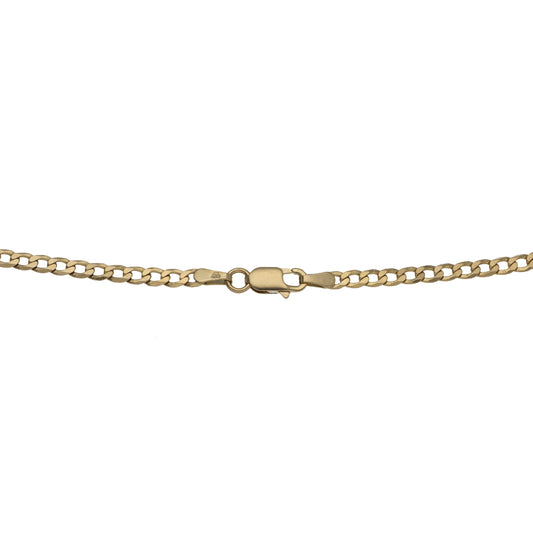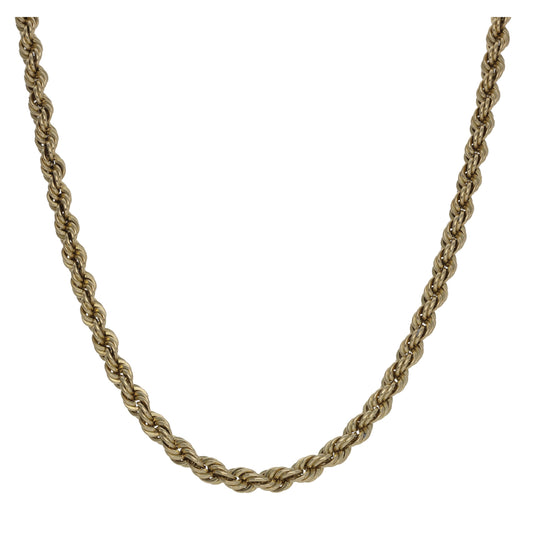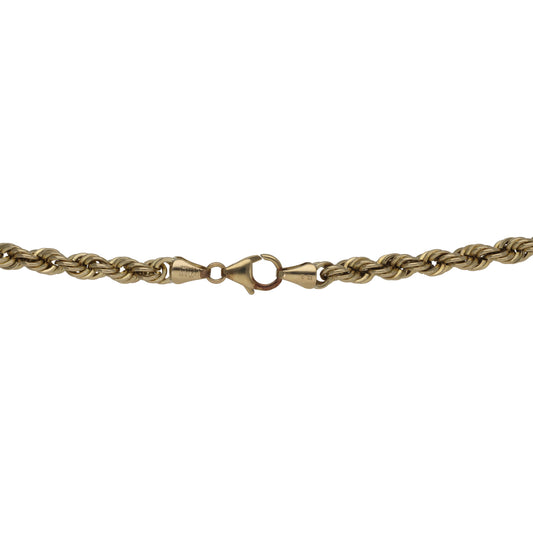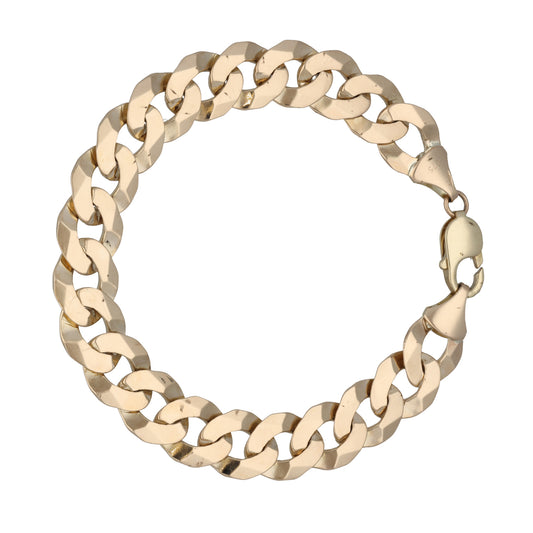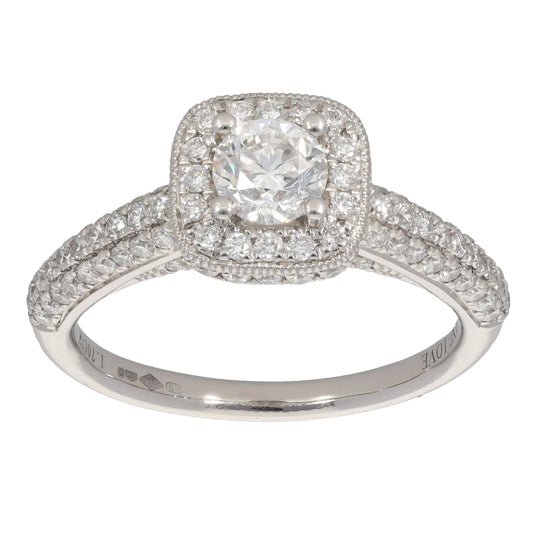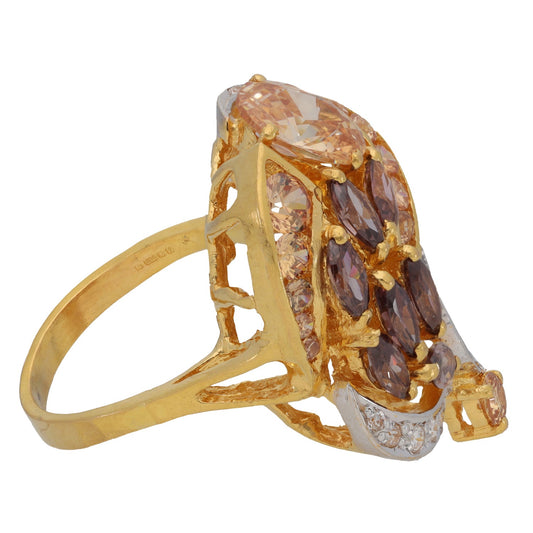Revealed: In just one week, 23,000 growths of bacteria manifest on your jewellery
We at HandT - Shop Online conducted a study to find out just how dirty underneath your jewellery can get from lack of hand and jewellery cleaning. The study examined how much bacteria grew after just one week of wear and found that 23,000 growths of bacteria manifest on your jewellery every week, containing everything from the extremely dangerous Meticillin-Resistant Staphylococcus Aureus (MRSA) to fungus that can cause thrush.
We swabbed underneath engagement rings, watches and behind earrings to discover the true reality of jewellery hygiene after one week of wearing. We set up an experiment to find out which bacterias are present and if cleaning your jewellery is enough to keep the germs at bay!
The average person touches their face 16 times an hour - spreading bacteria from the hands

Every day our hands come into contact with thousands of unknown objects harbouring anything from food to fecal matter, resulting in harmful bacteria spreading to our jewellery. When jewellery isn’t cleaned properly, bacteria can grow at a rapid rate and with the average person touching their face an estimated 16 times an hour, we could be
spreading the organisms that cause MRSA, diphtheria, food poisoning and even thrush - all from our go-to ring or favourite pair of earrings.
Using agar plates at room temperature for over 74 hours and sterile technique to measure the growth of bacteria, we found that your jewellery is a lot filthier than you might think...
This is the most bacteria infested piece of jewellery...
| Ranking | Jewellery Item | No. of Bacterial Species Found | Species of Bacteria Found | No. Of Bacteria Found |
|---|---|---|---|---|
| #1 | Watch | #4 | Staphylococcus species, Micrococcus species, Corynebacterium species and Fungal species | 20,000 Bacterial Colonies |
| #2 | Ring | 5 | Bacillus species, Staphylococcus species, Micrococcus species, Black mould and Fungal species | 504 Bacterial Colonies |
| #3 | Earrings | 4 | Bacillus species, Staphylococcus species, Micrococcus species and Corynebacterium species | 485 Bacterial Colonies |
What we found:
Our results showed that there are different types of microorganisms found on frequently worn jewellery. This bacteria and fungi are mainly commensal bacteria and, in most cases, do not cause harm.
However, if left for a long period of time, the skin barrier is broken, the individual is immunocompromised, or during treatment with antibiotics, then these microorganisms can pose a threat. As we touch our mouth and face increasing the risk of transmitting bacteria, this is when these bacterias could potentially lead to MRSA, Diphtheria, food poisoning or, in some cases, even thrush.
Staphylococcus
What is it?
The Staph colony of bacteria (which includes MRSA), is typically found on human skin and within mucous. It can also be found on catheters, implants and other medical devices.
What harm could it cause?
Staphylococcus is known to cause infection, especially if found growing on catheters, implants and prosthetic devices. For this reason, infections are most likely to be contracted in a hospital setting. MRSA for example can cause Sepsis and potentially death, it’s especially risky as the superbug is resistant to antibiotics. Staphylococcus epidermidis is also dangerous as it doesn’t respond well to antibiotics.
Fact:
The NHS found that 1 in 30 people are carriers of MRSA. With 66.65 million people in the UK this would approximately 2.2 million people are the carriers of MRSA.
Corynebacteria
What is it?
Corynebacterium diphtheriae are strains of bacteria which make toxin (poison) and are commonly found in human mucous membranes and skin.
What harm could it cause?
Corynebacterium Diphtheriae can cause a serious infection called Diphtheria. This can lead to difficulty breathing, heart failure, paralysis, and in some cases, even death. Vaccines can be given to infants, children, teens, and adults to prevent diphtheria.
Micrococcus
What is it?
Micrococcus is a genus which belongs to the Micrococcaceae family of bacteria. Micrococcus can occur in a wide range of environments, including water, dust, and soil.
What harm could it cause?
Micrococcus has been reported to potentially cause a range of health issues including pneumonia, septic arthritis, bacteremia, peritonitis, meningitis and other infections.
Rings
- 5 different bacteria types found
- 504 bacterial colonies grew after one week
- Types found: Bacillus species, Staphylococcus species, Micrococcus species, Black mould and Fungal species

After just one week of wearing, the ring collected the most nasties, as five bacterial species were found on the piece. A total of 504 bacterial colonies, 1 fungus colony and 1 black mould colony were found on the ring. In addition to Staphylococcus, Corynebacterium and Micrococcus, the ring also showed traces of fungus and black mould! Exposure to black mould can cause dry scaly skin and skin rashes amongst other issues.
Considering that this experiment was only for one week, and given that the whole country is currently washing their hands more than usual, we believe that the results would be far more concerning if the ring was left for a longer period of time or if proper handwashing techniques were not used. As the hands are the part of our bodies which come into contact with the world around us the most, this suggests why the most diverse species of microorganisms are found on the ring.

Watch
- 4 different bacteria types found
- 20,000 bacterial colonies grew after one week
- Types found: Staphylococcus species, Micrococcus species, Corynebacterium species and Fungal species

The watch was the second worst offender. Four types of bacteria were found on the watch piece, but more shockingly after just one week of wearing, a whopping 20,000 bacterial colonies were found on the watch. As well as Staphylococcus, Corynebacterium and Micrococcus, the results from the watch agar plate also showed that there were traces of fungus that can easily be caught in links.
The findings show that the watch contracted more bacterial colonies than the ring, likely because we do not tend to remove watches when we wash our hands.

Earrings
- 4 different bacteria types found
- 485 bacterial colonies grew after one week
- Types found: Bacillus species, Staphylococcus species, Micrococcus species and Corynebacterium species

After just one week of wearing, 485 bacterial colonies were found on the earrings. As well as Staphylococcus, Corynebacterium and Micrococcus, the earrings also showed Bacillus species. These are a diverse group of bacteria. Bacillus cerus is one of two pathogenic species of bacillus, this example causes food poisoning if a human were to
ingest the bacterium, which can easily be done if playing with earrings then transferring to the mouth especially if biting nails or eating food with unwashed hands.
The added bacteria here likely reflects how often we wash our ears compared to our hands.

Conclusion
Cleaning with fairy liquid had a positive effect on reducing the number of bacteria that were cultured on the jewellery. Using Fairy liquid alone isn’t sufficient enough, which is why you should follow our at-home 4 step rule to keep your jewellery as clean as possible. Proper cleaning of jewellery is important to reduce the risk of transmission of potentially harmful species of bacteria, fungus and viruses.
Why is cleaning jewellery important?
If you do not clean your jewellery on a regular basis, then bacteria could remain trapped underneath your rings or wrist-watch. This means that, regardless of how many times you wash your hands, they’re never fully clean and germ-free unless you remove your jewellery to wash your hands, and to clean the jewellery itself.
Unkempt jewellery can be a breeding ground for germs and bacteria which could potentially lead to skin irritation, allergic reactions, or worse, infections. Not only that, but excess dirt and debris can lead to the complete discoloration and degradation of the metals and gemstones, too, spoiling even your finest jewellery. All of our pre-owned jewellery is professionally cleaned before being re-sold, keeping your jewellery looking as-good-as-new for longer!
How to clean your jewellery at home
Our results show that cleaning your jewellery with fairy washing up liquid can help to remove some of the bacteria on frequently worn jewellery. Whilst you may not be able to steam clean your jewellery like the professionals, you can clean your jewellery at home sufficiently with our four step process!
Things you will need:
- A cloth (preferably lint-free)
- A container to mix your solution into
- A toothbrush
- Fairy washing up liquid
- Cool water (for rinsing)
- Warm water (for cleaning)
Step 1 - Mix your cleaning solution
To start, you’re going to need to create a cleaning solution. Mix a few drops of fairy washing up liquid with warm water. You will want to mix it into a dish or tupperware pot of some kind which is big enough to fit a toothbrush in. To start, soak the jewellery in the solution for 30 minutes.
Step 2 - Deep clean
Take your toothbrush and swill it around in the solution, ensuring that the bristles are wet. Then, gently scrub around the piece of jewellery using the brush, making sure to get into all of the engravings and corners. Once you are happy that you’ve scrubbed each area of the piece, you will need to rinse with clean, cool water. Try to make sure that you rinse off all of the suds so that no soapy-residue is left over.
Step 3 - Polish
Once thoroughly rinsed, use a dry soft cloth which is preferably lint-free to polish your jewellery piece. For extra dirty pieces, create a fresh cleaning solution and use a new cloth dipped in the solution to damp polish each surface. You should repeat this process regularly for best results.
Step 4 - Steam
To finish, boil your kettle. Using a pair of long stemmed tweezers hold your jewellery carefully and at a safe distance from the spout as it comes to the boil to give your piece a steam finish.
Top tips for keeping your jewellery pristine
While we recommend cleaning your jewellery on a regular basis to get rid of dirt and debris, this will also help to keep your jewellery in pristine condition and maintain its shine. You can also prevent your jewellery from becoming dirty or losing its sparkle by:
-
Removing rings whenever you wash your hand or when applying beauty products or plotions, or when cleaning
-
Removing all jewellery when swimming, as both chlorine and salt water can damage your jewels
Buff pearls with a soft cloth after each wear to remove body oils and perfume, to prevent the pearls from losing their shine and yellowing
-
Wearing your silver! Don’t let your silver just sit in a box, as it becomes shinier the more it's worn. Whenever you’re not wearing it, store your silver items in an anti-tarnish bag
-
Getting your valuable jewellery checked over by a reputable jeweller to ensure that the gem stones are in good shape and that the settings are secure



